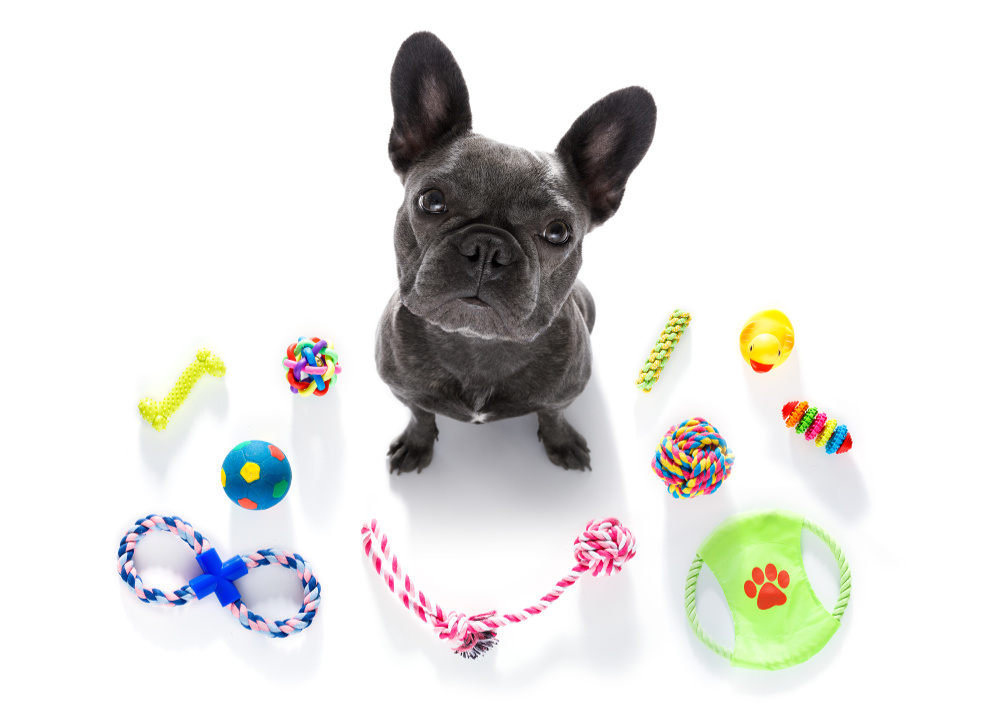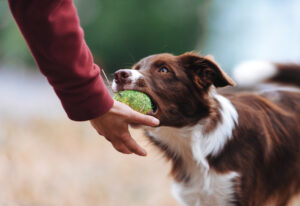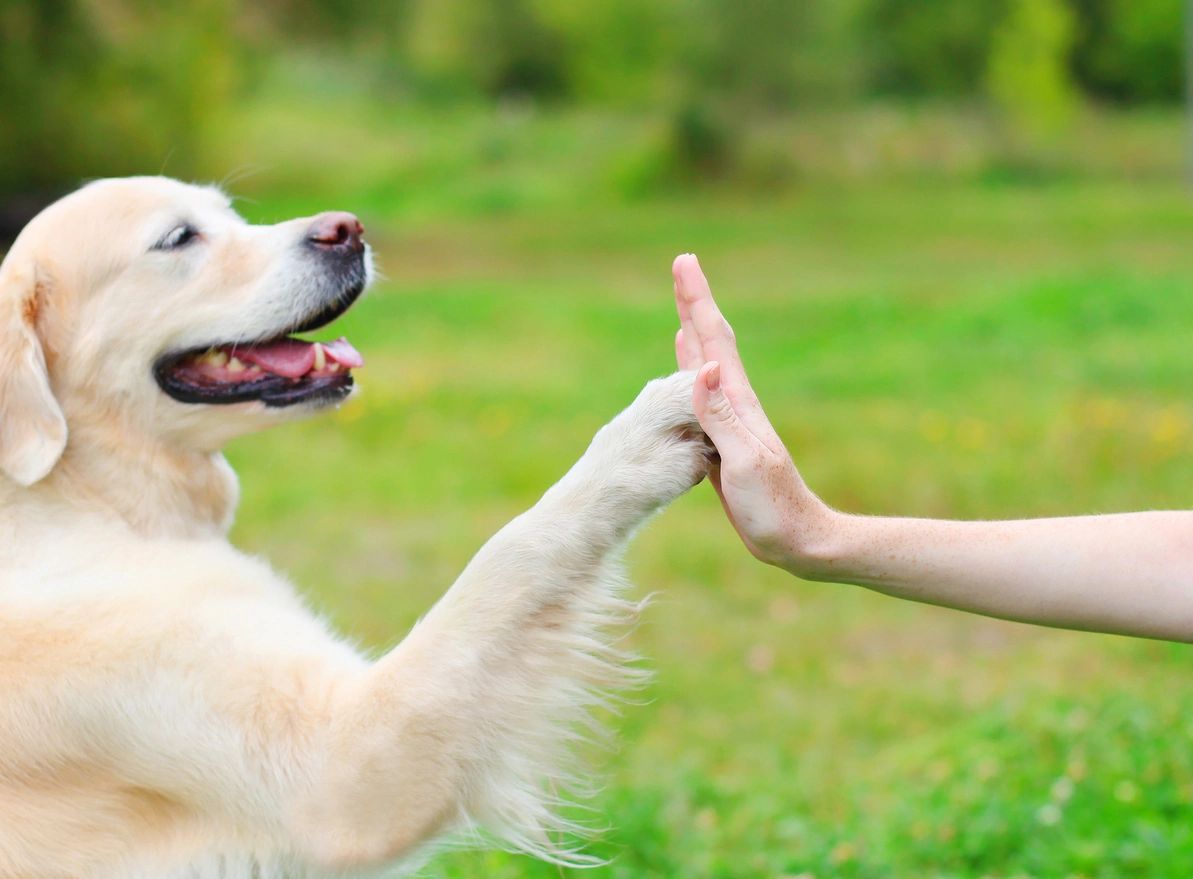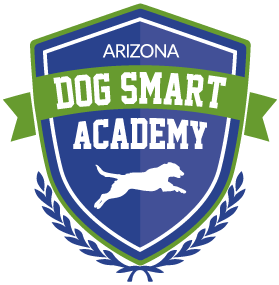 Motivation is what makes your dog tick. It’s what drives him to do things, like respond to your cues and find doing so worthwhile—even the second and third times you ask. But, not all canines respond to the same dog motivators.
Motivation is what makes your dog tick. It’s what drives him to do things, like respond to your cues and find doing so worthwhile—even the second and third times you ask. But, not all canines respond to the same dog motivators.
Common dog motivators include:
- car rides
- a ball tossed
- a walk
- a leash clipped on or off
- playing with toys
- access to other dogs
- access to smells
- and—the biggie—food
Why should you know what motivates your dog?
Because you can give him reason to pay attention to you. It’s the equivalent of saying to your dog, “I’ll tell you what: If you sit, I’ll throw your ball” or “If you stop pulling on the leash, I’ll let you go smell that fire hydrant.” You use what naturally motivates your dog to get the behaviors you want most.
So how do you go about it?
First, limit your dog’s access to the things he finds most motivating. Have a ball-crazy dog? Instead of leaving balls around the house at all times, carry them with you so you can whip one out as a way to reward your dog when he is getting something right.
Second, make an item more exciting by bringing it to life for your dog. Simply handing him a toy isn’t nearly as fun for a dog as shaking it about, playing peek-a-boo with it, and then, at the height of excitement, asking for a behavior and rewarding it with a toss of the toy. Food sitting around in a bowl can’t equal the fun of kibble dished out during a lively training session.
Have trouble getting your dog’s attention?
Be sure you’re using the right motivators for the challenge. Dry cookies can’t compete with a treed squirrel. Always have an ultimate trump card—something your dog just can’t resist.




